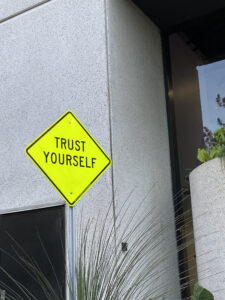While technology always has played a role in education , it went into hyperdrive with the pandemic-driven move to online learning. Up to this point, economic pressures and growing student numbers already were causing a panic in education. Schools were struggling to trim budgets as “accountability” scrutinized everyone. These extant conditions presented an upside to some of the changes that would occur. Most dramatically, the shift to doing schoolwork at home eliminated shortfalls in classroom space and, at least temporarily, student housing as well. As the pandemic continued the share of higher education offered online jumped from 10 percent in 2019 to 33 percent a few years later.[i] But as everyone now knows, so-called  “distance learning” isn’t for everyone and doesn’t work for all kinds of material. Research shows that one-size-fits-all character of mechanical course delivery disadvantages students of many kinds.
“distance learning” isn’t for everyone and doesn’t work for all kinds of material. Research shows that one-size-fits-all character of mechanical course delivery disadvantages students of many kinds.
Online schooling isn’t as new as you might think. The idea of distance learning dates to vocational and self-improvement correspondence courses of the eighteenth century, which arose with improvements in mail delivery systems. Often cited as an early example was a shorthand course offered by Caleb Phillips, advertised in a 1721 edition of Boston Gazette with claims that “students may by having several lessons sent weekly to them, be as perfectly instructed as those that live in Boston.”[ii] By the 1800s all manner of vocational skills were being taught by mail, as well hobbies like drawing and painting. The University of London became the first college to offer distance learning degrees in 1858. By the end of the century, learning by mail had become big business for institutions like the Pennsylvania-based International Correspondence Schools (ICS). In the decade between 1895 and 1905, ICS grew from 72,000 to 900,000 students signing up to learn technical and management skills.[iii] Much of this growth was due to the innovation of sending entire textbooks rather than single lessons, along with promotion by a large in-person sales team. Continue reading “Welcome to Cyberschool”

